Thuja eastern: varieties, selection, planting and care
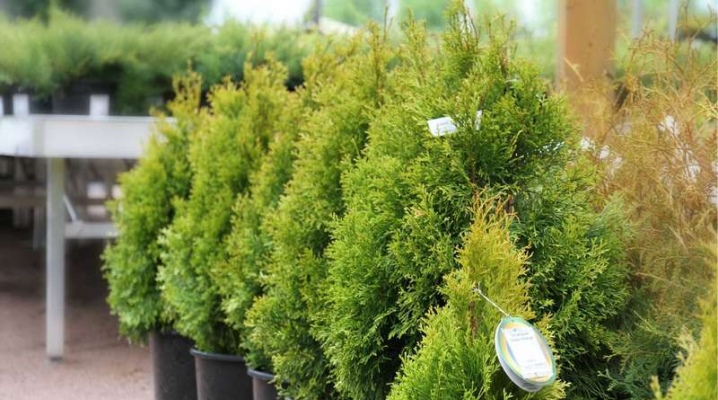
Modern homeowners, summer residents and gardeners pay great attention to the aesthetic design of their site. Many of them specifically hire professional landscape designers for these purposes and grow specific plants.
Thuja is a popular decorative coniferous and evergreen plant. Today in our material we will talk about the oriental variety of thuja, learn about the existing varieties of this plant, and also study the rules for selection, planting and care.
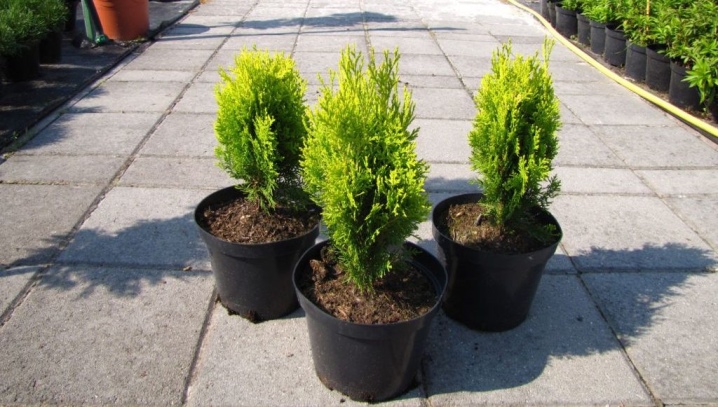
general description
Eastern thuja (also called biota, platycladus, platycladus) is a plant that can grow and develop only in favorable climatic conditions, namely in areas with warm weather and mild winters.
Thuja of this variety grows not only at home, but also in the wild. So, in nature, the tree can be found in China (in this regard, the eastern tuuyu is also called Chinese). Under natural conditions, thuja can grow both singly and in small clusters. Moreover, the plant is able to take root even on stony and rocky soils.
The maximum tree height is quite impressive and is about 18 meters, however, plants up to 10 meters long are more common. The crown of the tree is also quite large in its scope, its diameter can reach 11 meters. The bark of the tree itself is colored brown, but the branches can have yellow or even red shades.
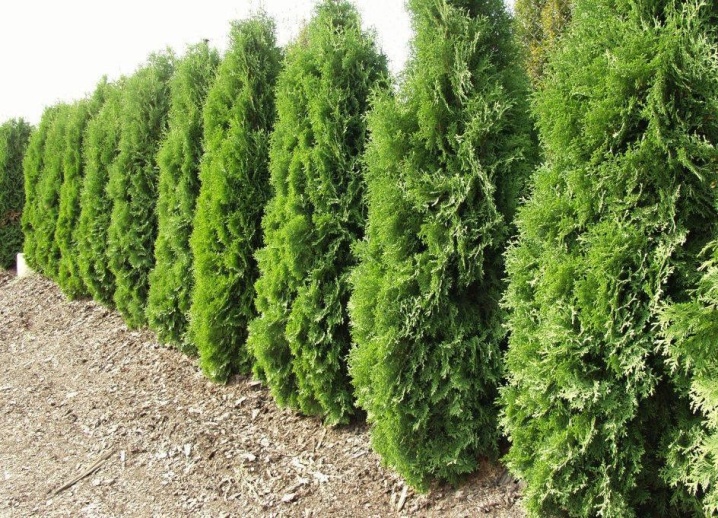
The shoots of the eastern thuja are rather wide and flat in shape. They include many branches. The branches of the tree are located around the trunk and have a clearly defined vertical direction. The needles of a tree can change their color depending on the season: in summer and spring, it has a yellow-green color, and during cold weather, the color turns brown or reddish.
The color of thuja-biota cones is blue or green, and in size they can reach 3 centimeters (moreover, the “female” cones are much larger than the “male” ones). Cones contain seeds that are similar in appearance to grains.
Eastern thuja is a long-lived tree. So, on the territory of China, scientists have discovered specimens that have been growing for over 1000 years. However, such an astounding life span of flatfish is real only in the wild. If you want to grow a tree on your own, then the maximum length of its life at home will be about 200 years.

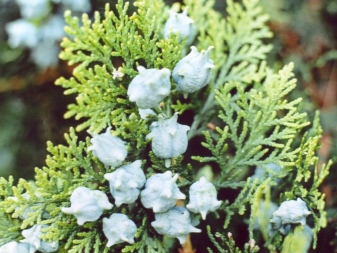
Views
Today, scientists distinguish several popular varieties of eastern biota. Between themselves, they can differ not only in external features, but also in some internal characteristics. Today in our material we will consider several of the most popular varieties of platycladus.
"Aurea Nana"
This variety is considered to be completely decorative. It belongs to the category of slow-growing due to the fact that the maximum growth of a tree per year is no more than 10 centimeters. By itself, "Aurea Nana" is a dwarf variety of eastern thuja, and therefore is often used to decorate private and public areas. Gardeners and homeowners are attracted by the unusual golden color of the crown of the plant.
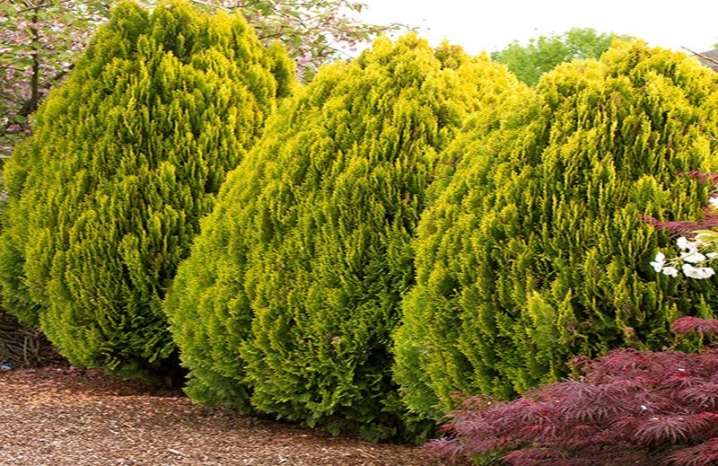
"Yustinka"
Poland is considered the birthplace of this biota species. In its shape, "Yustinka" is columnar.Just like the previous variety of eastern thuja, this variety belongs to the group of dwarf plants. It is important to note that Yustinka is more resistant to frost and unfavorable weather conditions than the previous one.
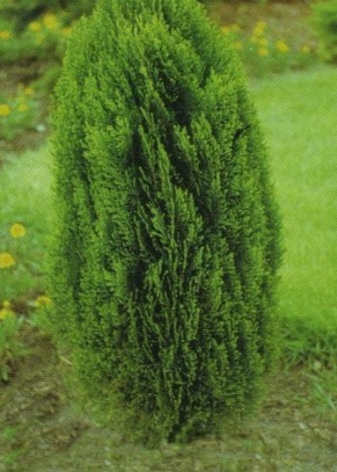
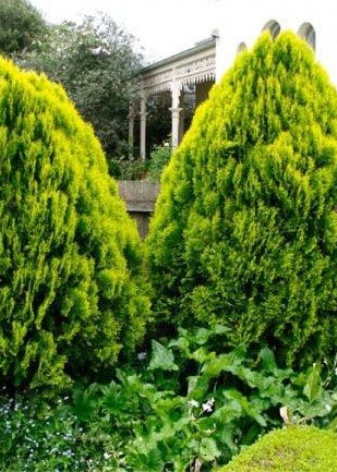
"Morgan"
The Morgan variety is a product of the work of botanical scientists from Australia. The color of the needles of this thuja changes depending on the season: in summer the tree has an emerald green or lemon color, and in winter it changes color and becomes red-orange. The shape of the crown of the "Morgan" variety resembles the outline of a pyramid, and in its structure it is quite dense, due to which it practically does not require special molding.
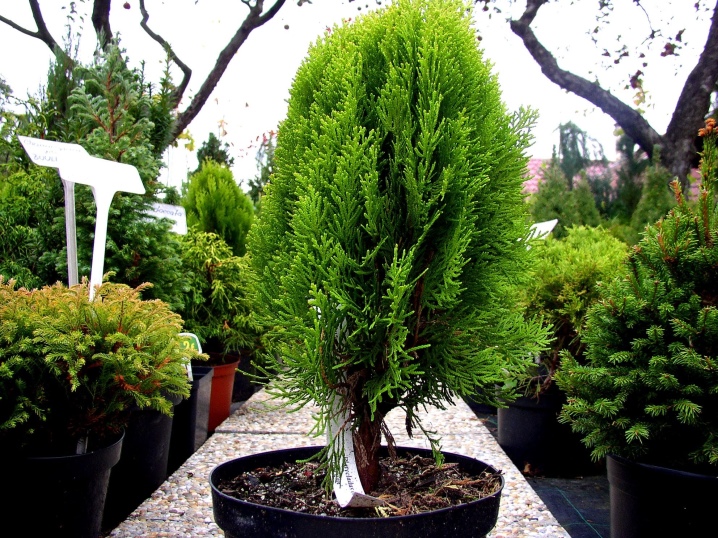
"Pyramidalis"
An adult eastern thuja of the Pyramidalis variety has the shape of a column. The maximum height of this shrub is 4 meters, and the maximum crown diameter is about 1.5 meters. This type of biota tolerates shade well, therefore "Pyramidalis" can be planted in the shade of larger trees or near the front of the house... On the contrary, the variety is very sensitive to excessive amounts of sunlight, which can cause burns. In this regard, in the summer you need to take care of the shelter of the plant.
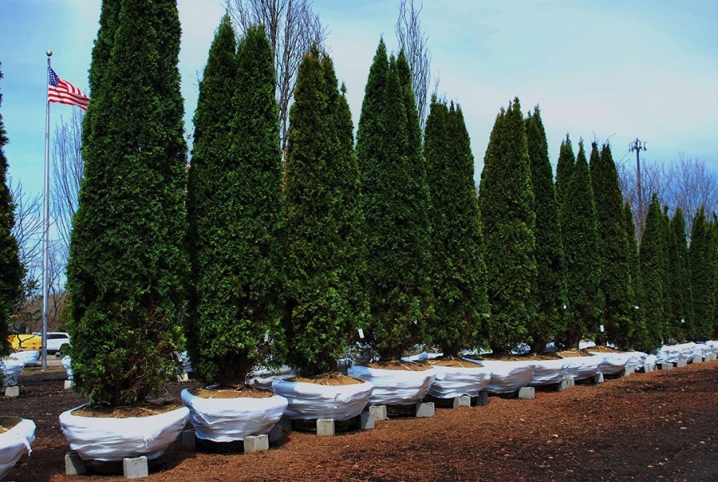
Golden Minaret
The crown of this thuja has a pronounced yellow color. However, in the event that you planted a plant in the shade, its color may become different (most often green). It is important to note that the plants that belong to this variety are very sensitive to winds and drafts, so they should be planted in sheltered, cozy places.
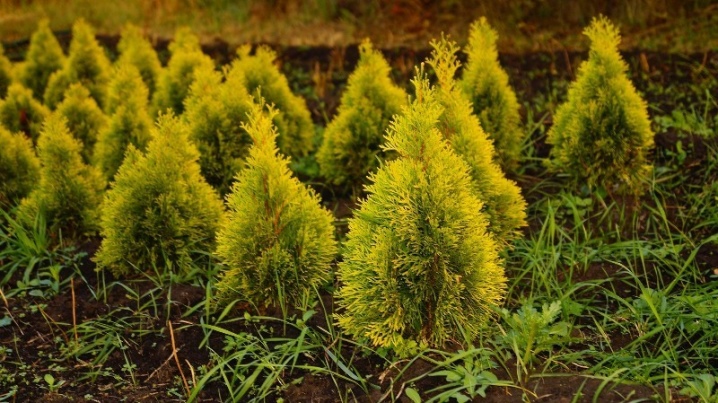
"Book"
This variety has a rather compact and miniature size, and therefore is very popular among landscape designers. The average height of an adult plant is about 3 meters, while the crown diameter does not exceed 1.5 meters. Often this tree is purchased and planted to design a hedge. Thuja varieties "Knizhka" looks good against the background of yews, pines and fir trees. The combination of these trees creates a unique decorative composition.

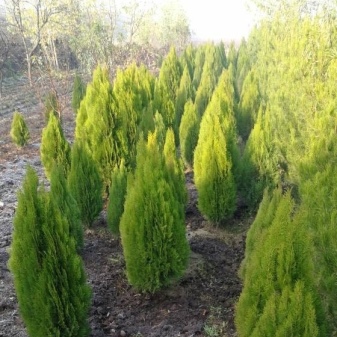
How to choose?
Generally speaking, all varieties of eastern thuja (despite small differences) have a similar structure, appearance and internal properties. Therefore, the choice of a particular variety should not be difficult. In general, it is recommended to consider the following characteristics:
- size: oriental biots can be both giant (up to 10 meters) and miniature, so it is important to correlate the size of the plant with the parameters of your garden plot;
- appearance: if the purpose of growing thuja is to decorate a summer cottage, then first of all pay attention to the shape and color of the crown;
- necessary conditions of detention - different varieties of eastern thuja may need different conditions;
- necessary care measures - some varieties need more careful care than others.
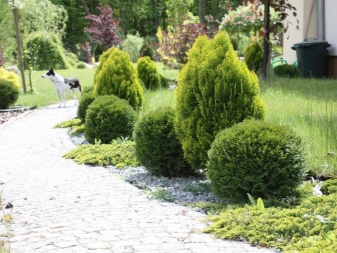
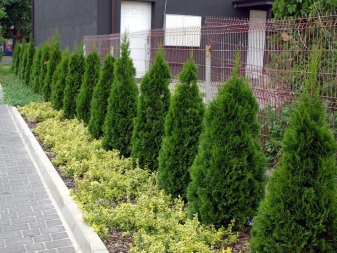
Landing rules
The optimal type of soil for planting eastern thuja is neutral or slightly acidic soil. Moreover, the plant will actively grow and develop even in rocky terrain. Planting biota is best done in spring, namely in late April - early May. If you observe this interval, then your seedling will be able to adapt and take root, which will ensure its survival even in winter cold conditions.
The plant should be planted in a pre-prepared soil mixture, which should consist of turf, peat and sand. (in proportions 2: 1: 1). The depth of the hole in which you will place the seedling should be about 80 centimeters, and in length and width it should be at least 60 centimeters.
Directly during planting, it is important to pay attention to the fact that the root collar of the plant is flush with the soil surface.
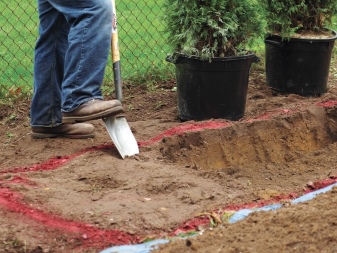
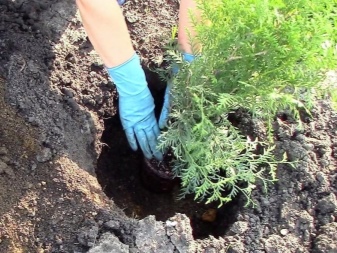
Care principles
Proper plant care includes several must-do activities.So, first of all, you need to make sure that your plant receives a sufficient amount of moisture. Experienced gardeners note that in the first month after planting, the thuja should be watered at least once a week, while about 10 liters of water should be added to the soil. The biota can be irrigated between waterings.
After the watering procedure, the soil should be loosened. This is necessary so that the earth is not compacted. The loosening depth should be no more than 10 centimeters. To maintain soil moisture, you can apply the mulching procedure using sawdust, peat or crushed bark.
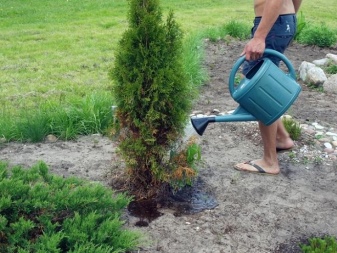
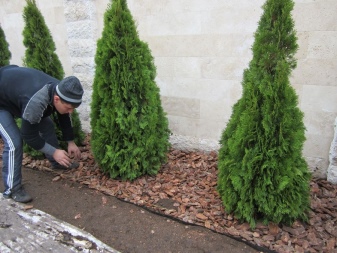
The introduction of additional fertilizers and dressings is not a mandatory, but desirable care measure. Formulations that are sold in gardening stores can be used as nutritional mixtures.
In the process of growing a plant, it is important to devote time to pruning dry and non-viable branches. This procedure should be done with all thujas, regardless of their age. As for the formation of the crown, this event is recommended only for those plants that have already reached the age of 3 years. Today there is a wide variety of so-called haircuts - they can have both strict geometric outlines and smoother lines or even ornate patterns.
If you follow all the rules of care, carefully monitor the growth and development of the plant, then it will not only become a beautiful decoration of your site, but will also grow on it for many years.
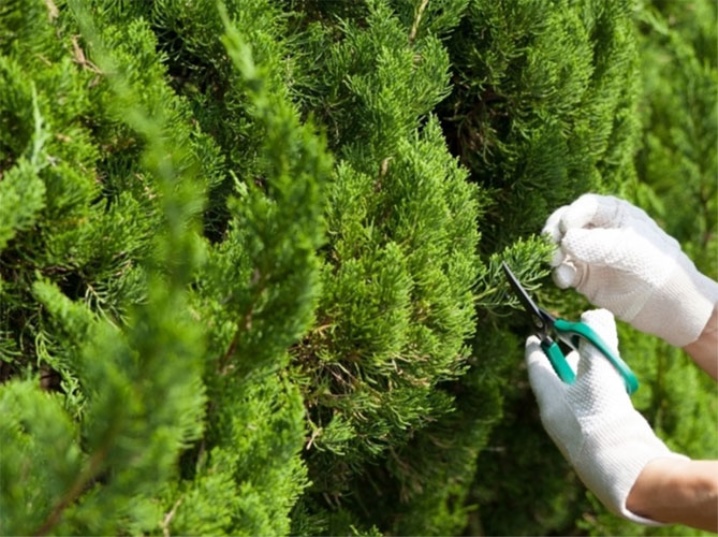
For planting and caring for thuja, see the next video.



































































The comment was sent successfully.